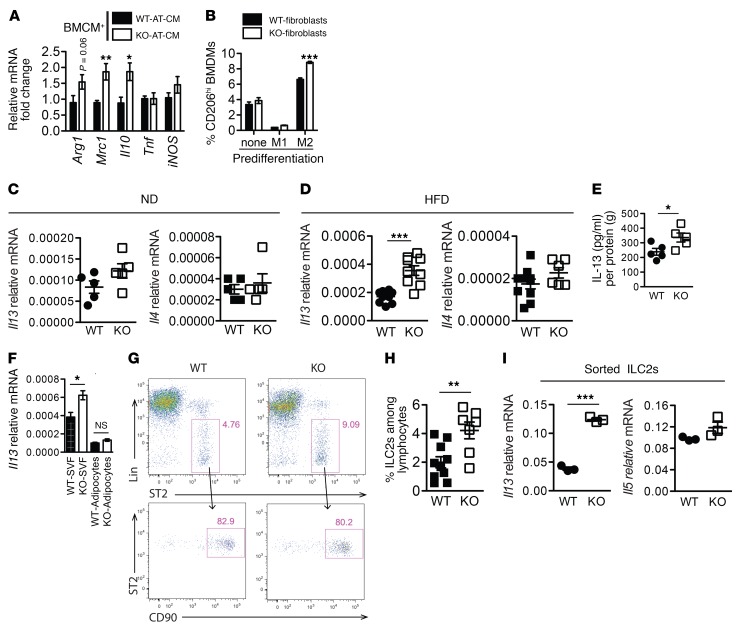Figure 3. The levels of IL-13 produced by ILC2s are significantly higher in adipose tissue of obese cad-11–/– mice than in that of WT mice.
(A) qPCR analysis of pro- and antiinflammatory genes in BMDMs cultured in AT-CM for 3 days. For each experiment, AT-CM was obtained from the adipose tissue of WT and cad-11–/– mice fed a HFD for 5 weeks (n = 3 HFD-WT and n = 3 HFD-KO). Data are representative of 3 independent experiments. (B) BMDMs were untreated or predifferentiated into either M1 or M2 macrophages. After direct coculturing with fibroblasts derived from adipose tissue of WT or cad-11–/– mice, the percentage of surface CD206+ BMDMs was analyzed by flow cytometry (data from 1 of 3 experiments with similar results are shown, and in each experiment, different fibroblast lines derived from WT or cad-11–/– mice were used). (C and D) Comparison of mRNA levels of Il13 and Il4 in adipose tissue from WT and cad-11–/– mice fed a ND (C, n = 5 ND-WT and n = 5 ND-KO) or a HFD (D, left graph: n = 10 HFD-WT and n = 9 HFD-KO; D, right graph: n = 10 HFD-WT and n = 6 HFD-KO; data were pooled from 2 independent experiments). (E) IL-13 protein in adipose tissue from HFD-fed mice was detected by ELISA (n = 5 HFD-WT and n = 5 HFD-KO). Data are representative of 2 independent experiments. (F) Il13 mRNA expression in SVF cells and adipocytes fractioned after digestion of adipose tissue from HFD-fed mice (n = 4 WT-SVF, n = 6 KO-SVF, n = 5 WT-adipocytes, and n = 7 KO-adipocytes; data were pooled from 2 independent experiments). (G) Representative flow cytometric analysis of ILC2s in adipose tissue. (H) Percentage of ILC2s among CD45+ lymphocytes in adipose tissue of WT and cad-11–/– mice fed a HFD for 5 weeks (n = 10 WT and n = 7 KO; data were pooled from 2 independent experiments). (I) mRNA levels of Il13 and Il5 in flow-isolated ILC2s from adipose tissue of WT and cad-11–/– mice fed a HFD for 12 weeks (n = 3 HFD-WT and n = 3 HFD-KO). Data are expressed as the mean ± SEM. *P < 0.05, **P < 0.01, and ***P < 0.001, by unpaired Student’s t test (A, B, D–F, H, and I).

